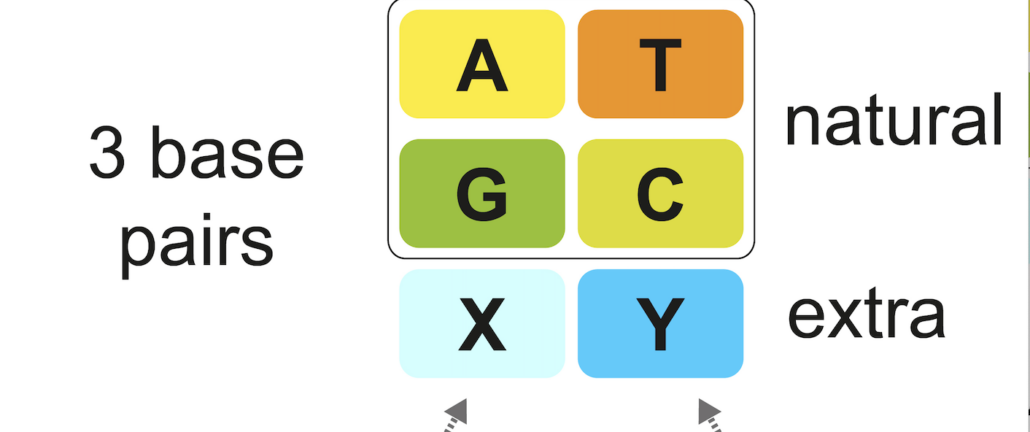
Scientists create non-digestible aptamer
German researchers for the first time have expanded the half life of oligonucleotide-based drugs using artificial building blocks that mimic the features of RNA/DNA but are not digestible by enzymes.
The synthetic TNA nucleic acid analogues created by a biochemists at University of Cologne hrepresent a so called threofuranosyl nucleic acid (TNA) with a new, additional base pair. According to lead author Stephanie Kath-Schorr, these are the first steps on the way to fully artificial nucleic acids with enhanced chemical functionalities. T
Our threofuranosyl nucleic acid is more stable than the naturally occurring nucleic acids DNA and RNA, which brings many advantages for future therapeutic use, saidKath-Schorr. For the study, the 5-carbon sugar deoxyribose, which forms the backbone in DNA, was replaced by an enzymatically not digestible 4-carbon sugar. In addition, the number of nucleobases was increased from four to six.
Enzymatic digestion of DNA and RNA has been a problem with nucleic acid-based therapeutics, as synthetically produced RNA that is introduced into a cell is rapidly degraded and loses its effect when not chemically modified. The introduction of TNAs into cells that remain undetected could now expand the half life of oligonucleotide-based therapeutics and vaccines.
In addition, the built-in unnatural base pair enables alternative binding options to target molecules in the cell, added study co-author Hannah Depmeier. Kath-Schorr is certain that such a function can be used in particular in the development of new aptamers, short DNA or RNA sequences, which can be used for the targeted control of cellular mechanisms. TNAs could also be used for targeted drug delivery as well as in diagnostics; they could also be useful for the recognition of viral proteins or biomarkers.
Acording to both researchers, combining the enhanced nuclease resistance of TNA and the almost natural-like replication efficiency and fidelity of the unnatural hydrophobic base pair (UBP) TPT3:NaM, novel modified nucleoside triphosphates with a dual modification pattern were synthesized. While enzymatic synthesis of TPT3-modified TNA was easy, the preparation of NaM-modified TNA still presented greater challenges.


 adobe.stock.com - Cathy
adobe.stock.com - Cathy Lift Biosciences Ltd
Lift Biosciences Ltd BioSpring
BioSpring